With most games there are methods to getting better. Baseball players take batting practice, chess players solve tactical puzzles, and golfers practice the same swing over and over to improve accuracy and distance. But what about the game of scrum? What can scrum masters focus on to sharpen their skills?
[featured-image single_newwindow=”false”]
(“Learning” by Anne Davis 773 from Flickr.com)During a particularly difficult daily scrum meeting I noticed that the team was asking a lot of questions about scrum basics. When does the next sprint start? Why is this meeting only 15 minutes? Why do we have to table technical details until later? The entire team had just gone through scrum training and should have known these things.
At the end of the daily scrum I asked the team one final question: Who here has actually read the scrum guide? Not every hand went up. I strongly suggested to the team that they read the scrum guide as soon as possible, and this is also my first suggestion for you:
- Read the Scrum Guide…Often: I read the scrum guide 2-3 times per week. Why? Because each time I read it something new stands out to me. The time spent here is an opportunity for me to inspect my own understanding of scrum and to gain new insights.
- Focus on Relationships: Not all problems can be solved with unit tests and pair programming. XP practices aside, poor relationship between the product owner and the end users can lead to requirements not being understood and features being rejected. Practice using the “Five Why’s” in cases where you suspect relationships are an issue. It is an effective tool that moves the conversation from the technical to the interpersonal very quickly.
- Inspect the Artifacts: When reading the scrum guide, apply the pillars of agile (transparency, inspection, and adaptation) to the artifacts of scrum. The definition of done is an interesting place to start. It is a list of criteria that must be met before a feature can be called “done” (transparency). It is used by the developers and product owner to evaluate features during a sprint (inspection). During the sprint retrospective, the definition of done can be improved to meet the needs of the upcoming sprint (adaptation). Applying the pillars to the scrum artifacts is a great way to understand the “why” of scrum.
- Favor Empowering the Team: One of the hardest tasks for a new scrum master is removing impediments. The urge is to jump in and solve the problems as they come up. But this does not create an empowered team. To truly empower a team, the scrum master must get comfortable with a key question. How can I coach the team to remove this impediment? Apply this question regularly and your teams ability to handle issues will grow.
- Promote Self-Organization: Scrum explicitly gives the power back to the developers. Respect this! Your developers know who is needed on the team to accomplish the sprint goal. Trust them to get the right work to the right people. Enable them to determine how the work will be done. Rules and mandates that come from outside of the team often end up as impediments during the daily scrum meeting.
It’s the soft skills that help us get better at scrum. In a profession where technical skills go a long way, this can be a scary. The good news is that you get better at scrum by being aware. The practices above promote awareness and lead to questions scrum masters should be asking themselves and the team members on a regular basis.
These discussions bring out a deeper understanding of scrum, which is bound to take your scrum skills to the next level.
[reminder]Do you think scrum is like other games that can be practiced? If so, which “drills” do you use to get better? If not, why?[/reminder]
